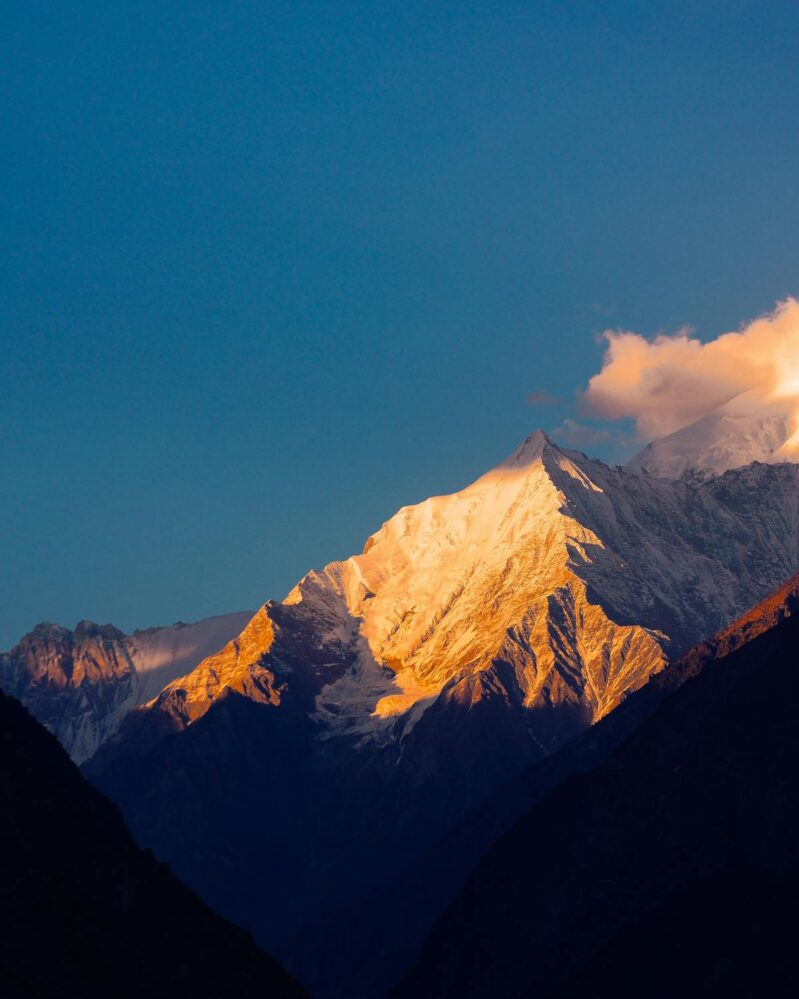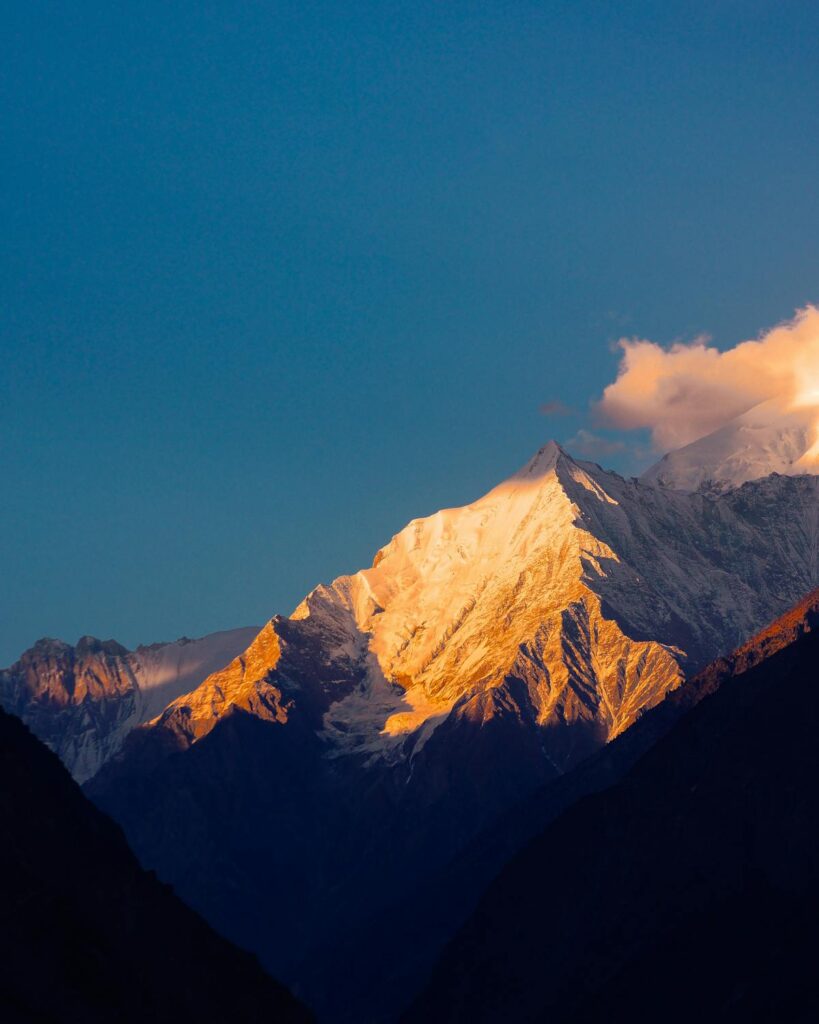
Planning a journey to India can be both exhilarating and daunting, given the country’s vastness, diversity, and cultural complexity. To grasp how to plan a trip to India effectively, it is essential to understand the multiple layers that contribute to a seamless travel experience. From selecting the right destinations and understanding cultural nuances to arranging logistics and budgeting wisely, each aspect plays a crucial role in crafting a memorable adventure. This article offers comprehensive insights designed to guide travelers through the intricate process of planning an Indian escapade with confidence and clarity.

India is a land of contrasts and surprises, with its sprawling landscapes ranging from the Himalayan peaks to tropical beaches and bustling metropolises to ancient villages. Such diversity demands thoughtful planning. One of the first considerations when you seek to understand how to plan a trip to India is deciding the regions and cities you want to explore. The sheer size of the country means that covering everything in one trip is impossible. Travelers must prioritize their interests, whether that be exploring historical monuments, indulging in spiritual retreats, experiencing wildlife safaris, or savoring regional cuisines.
Next, it is important to familiarize yourself with the best time to visit India based on the climate and your preferred destinations. India’s weather varies significantly across regions, making timing crucial. For example, the northern parts, including Delhi, Agra, and Rajasthan, are most pleasant during the cooler months from October to March, while the southern states, such as Kerala and Tamil Nadu, can be enjoyed year-round with some consideration for the monsoon season. Understanding these seasonal variations will help in avoiding extreme weather conditions and ensure a more comfortable experience.
Another critical element in mastering how to plan a trip to India is to secure your travel documents and visas in advance. India has a well-established e-visa system that simplifies the process for many nationalities, but it is vital to verify eligibility, application timelines, and required documentation before your trip. Additionally, travelers should check for any specific health advisories or vaccination requirements, which can change based on global health trends.
Once the destinations and timing are set, the next challenge is transportation. India offers a myriad of travel options, ranging from domestic flights and extensive railway networks to private car hires and buses. Selecting the right mode depends on your itinerary, budget, and desired comfort level. The train journey, in particular, is often considered an immersive way to experience the country, allowing travelers to witness the countryside and interact with locals. However, it requires advanced booking and careful planning to avoid last-minute hassles.
Accommodation choices in India are equally diverse, spanning luxury hotels, heritage palaces, boutique guesthouses, and budget hostels. When contemplating how to plan a trip to India, it is advisable to book lodging well in advance during peak travel seasons, especially if your itinerary includes popular tourist hotspots. Opting for accommodations that reflect the local culture can significantly enhance the authenticity of your experience.
Cultural sensitivity is another pivotal aspect of planning. India is a tapestry of languages, religions, and customs. Understanding local etiquette and respecting traditions not only enriches your visit but also fosters positive interactions with the local communities. Simple gestures such as dressing modestly in certain regions, seeking permission before photographing people, and being mindful of religious practices can go a long way in ensuring respectful and meaningful engagements.
Food is an inseparable part of the Indian experience and should not be overlooked when learning how to plan a trip to India. The country’s cuisine is incredibly varied, with each region boasting unique flavors and specialties. Sampling street food, regional delicacies, and traditional sweets can be a highlight of your journey. However, travelers should also be cautious about hygiene standards to avoid foodborne illnesses. Choosing reputable eateries and drinking bottled water are prudent measures to maintain good health throughout the trip.
Budgeting wisely is integral to successful trip planning. India can be an economical destination, but costs fluctuate widely depending on travel style, accommodations, and activities. It is important to allocate funds for unexpected expenses, such as tipping, local transport, or entrance fees to attractions. Carrying a mix of cash and cards is recommended, as digital payment methods are common in cities but less so in rural areas.
Safety concerns may arise for first-time visitors, and understanding how to plan a trip to India includes taking practical precautions. While India is generally safe for tourists, petty theft and scams can occur, particularly in crowded areas. Staying vigilant, keeping valuables secure, and avoiding isolated places after dark are sensible practices. Additionally, having reliable local contacts or guides can enhance both safety and the depth of your travel experience.
Finally, embracing flexibility and an open mind is key to navigating the unpredictable nature of travel in India. Despite careful planning, delays, changes, and surprises are common, owing to the country’s dynamic and sometimes chaotic environment. Being patient and adaptable will not only reduce stress but also allow you to discover hidden gems and create unforgettable memories.
In conclusion, to grasp how to plan a trip to India is to appreciate the multifaceted nature of this incredible destination. Successful planning involves more than just logistics; it requires cultural awareness, thoughtful preparation, and a willingness to immerse oneself fully in the rich tapestry of India. With these comprehensive insights, travelers can embark on their Indian journey equipped with knowledge and confidence, ready to experience the magic and complexity of this extraordinary land.









